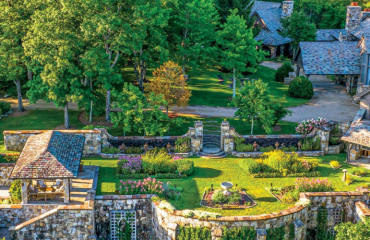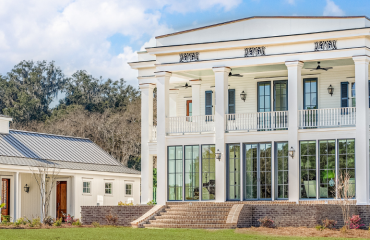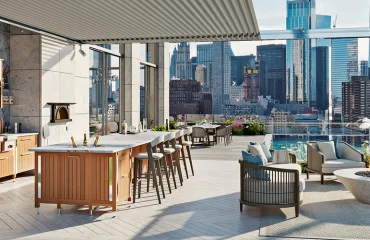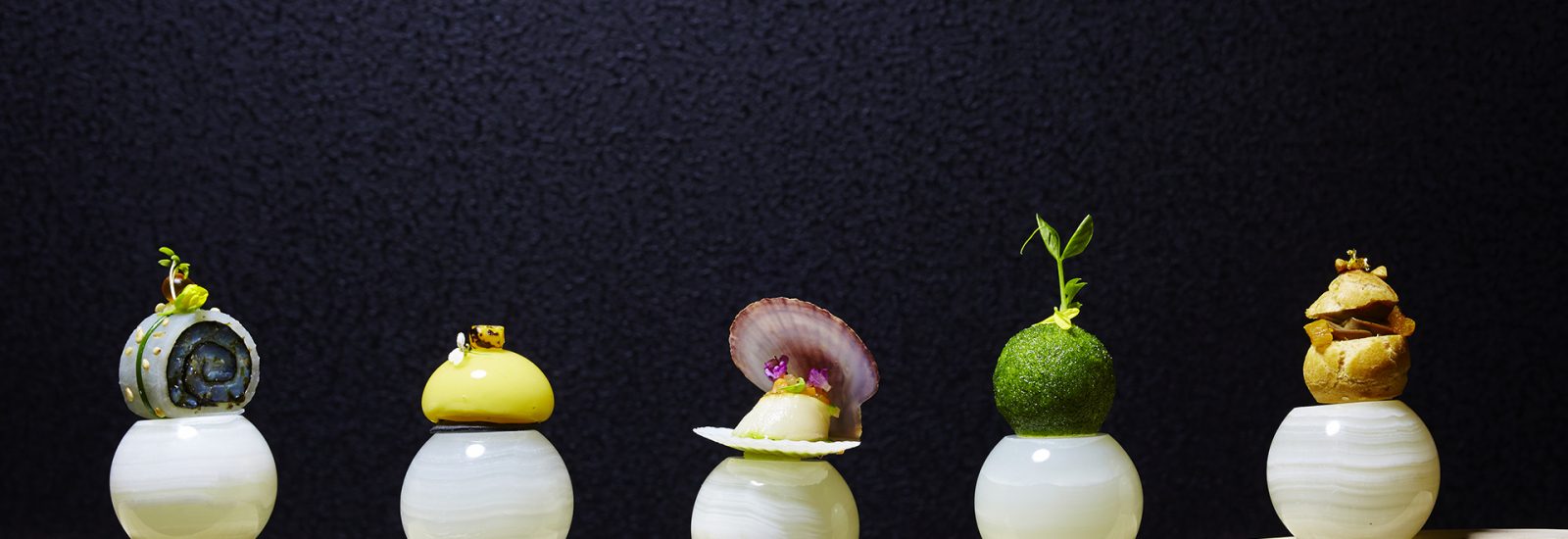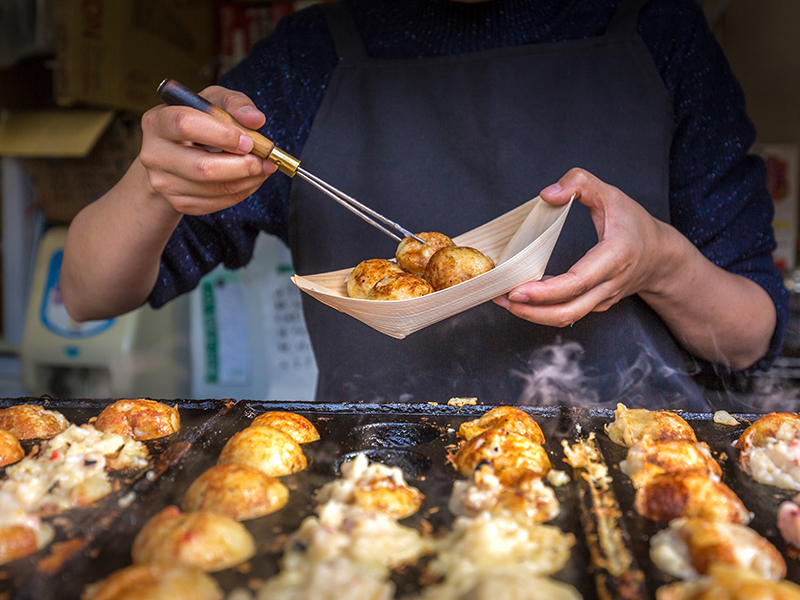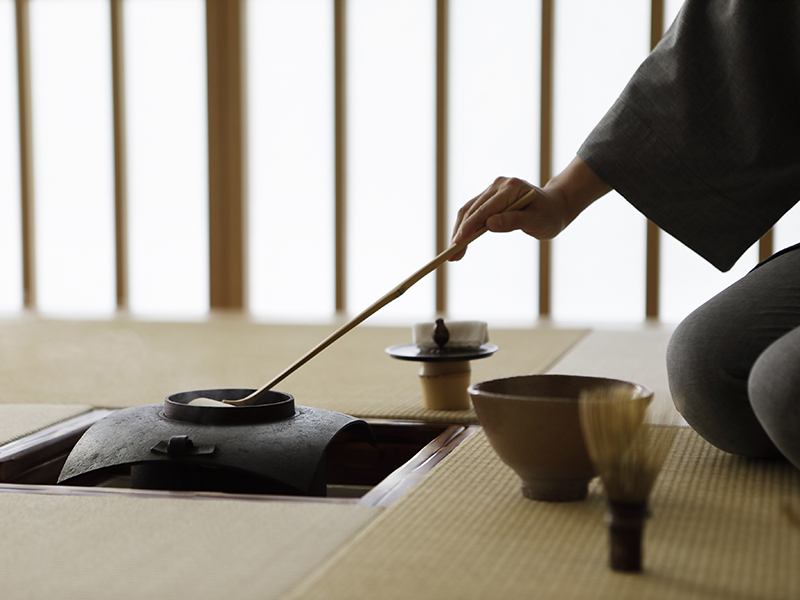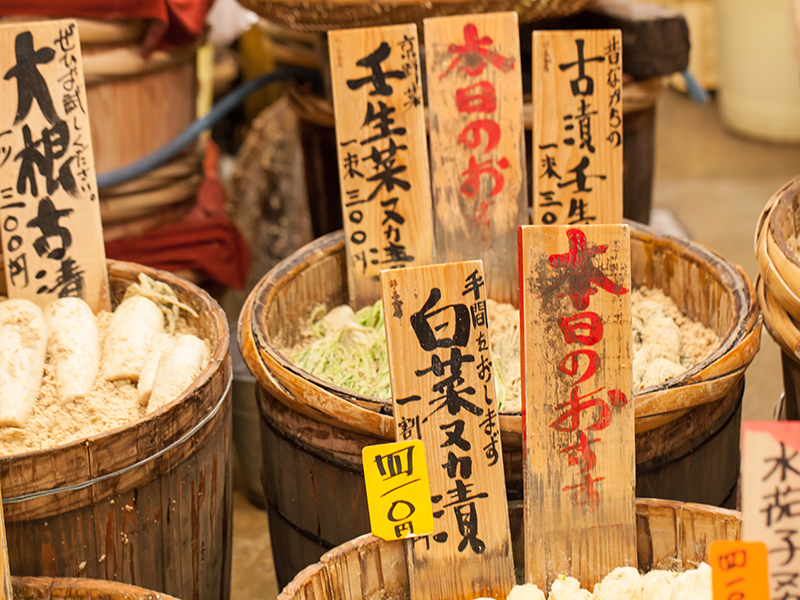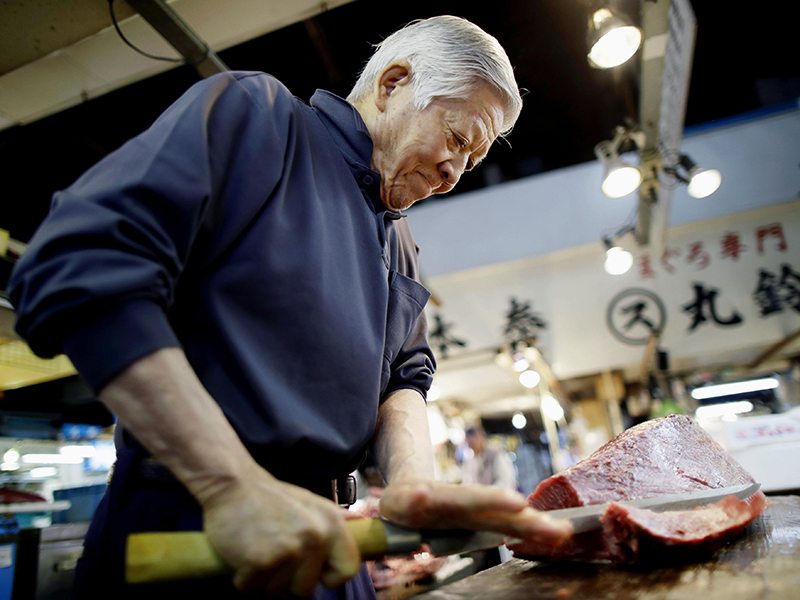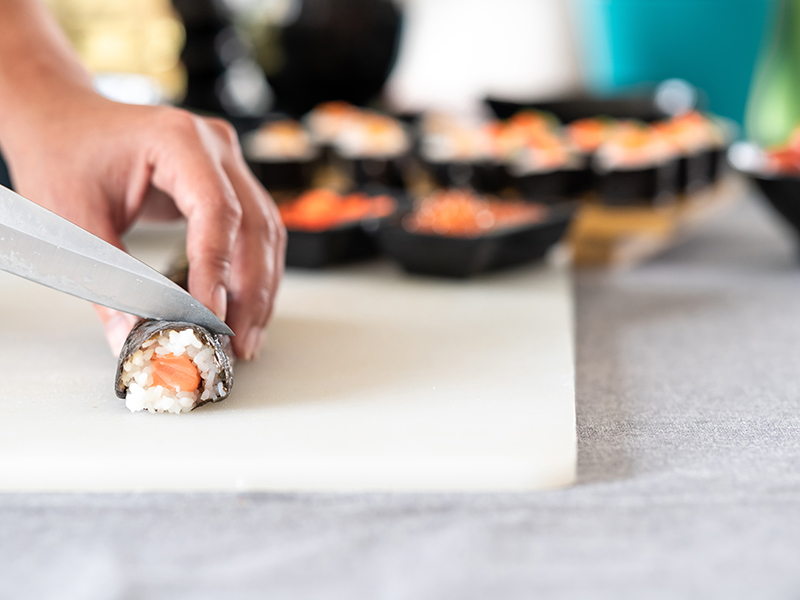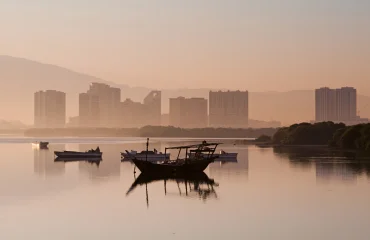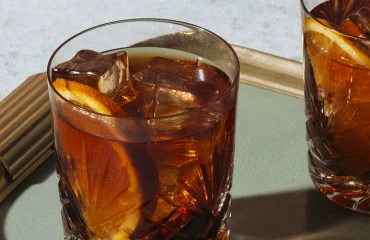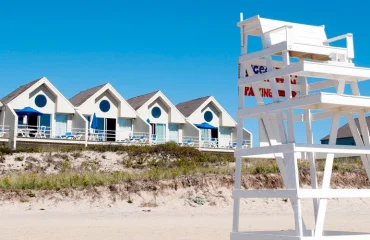As of 2020, Tokyo has 226 Michelin-starred restaurants, once again making it the most starred city for its food in the world. The 13th edition of the Tokyo Michelin Guide welcomes one new three-star, three two-star, and 19 one-star restaurants to its line-up, and with Tokyo, and more widely Japan, firmly on the world food map, you’ll find a tantalizing abundance of flavors, textures, and traditions to be explored. “We’re seeing a real demand for Japan,” says Sarah Kounnou, travel designer for Asia at Jacada Travel, “especially with the 2020 Summer Olympics around the corner. Many of our guests are real foodies who are keen to get under the skin of a cuisine so steeped in history.” Here’s a guide to the variety of experiences on offer.
